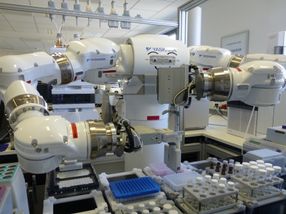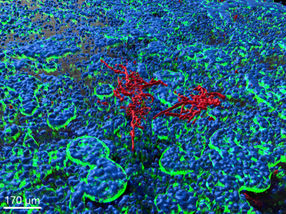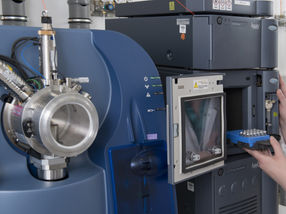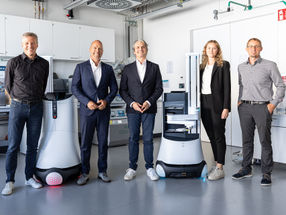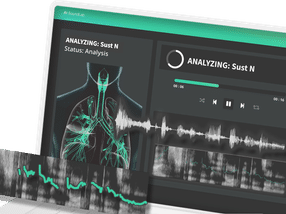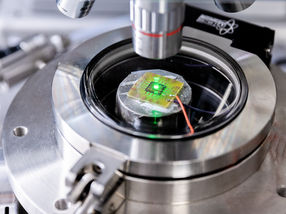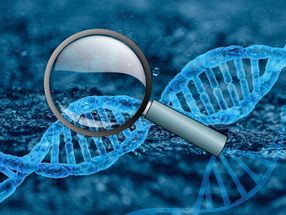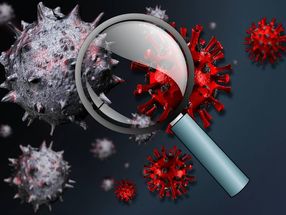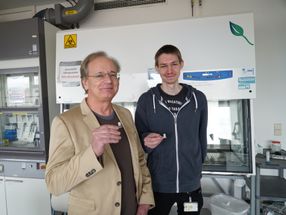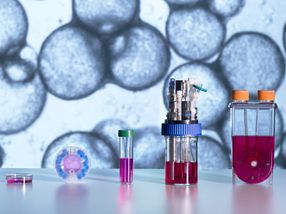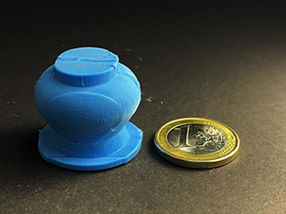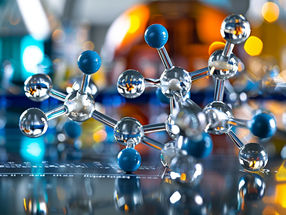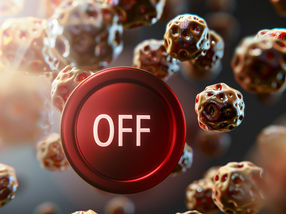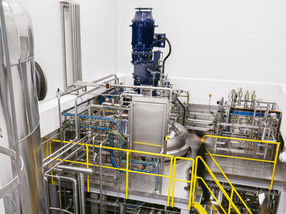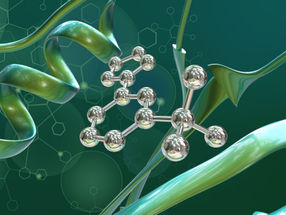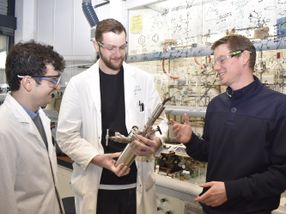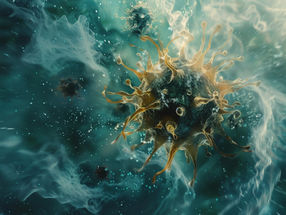New Method for Making Improved Radiation Detectors
Scientists at the U.S. Department of Energy's Brookhaven National Laboratory, with funding from DOE's National Nuclear Security Administration, have devised ways to improve the performance of radiation detectors, such as those used by law enforcement agencies to locate and identify radioactive material.
The improved sensors, for which the Laboratory has filed a U.S. provisional patent application, can be used at room temperature, which makes them more practical and cost-effective than existing detectors with similar performance, which must be operated at very cold temperatures using expensive liquid nitrogen. They can also more accurately detect the X-rays and gamma rays emitted by radiological sources such as dirty bombs and other illicit materials.
Radiation detectors work by detecting electrons and "holes" - vacancies left by liberated electrons - when ionizing radiation or high-energy particles strike the detector crystal. When the free electrons and holes flow toward electrodes at either end of the detector, they generate a signal that can be measured and recorded.
In an ideal detector, all of the electrons and holes created by the ionization process would arrive at the electrodes. But in reality, holes travel a very short distance before getting trapped by defects in the crystal. Also, because the electrostatic field inside the detector causes some of the electrons to drift, not all of them arrive at the anode. These losses lead to a subsequent inaccuracy in radiation measurements.
The Brookhaven-designed sensors improve on this situation by combining methods to shield the detector and focus the electrons toward the anode. In addition, the electrodes at each end of the detector give information about how many electrons/holes get trapped. This "correction factor" can then be used to reconstruct the number of electrons/holes originally created by incident gamma rays or high-energy particles.
"Together, these techniques enhance the energy resolution and efficiency of these detectors. In practical terms it means that the improved devices will be able to detect more minute quantities of radiation, detect radioactive materials more quickly or from greater distances, better identify the source of the radiation, and distinguish illicit sources of concern from common naturally occurring radioactive materials," said Brookhaven physicist Aleksey Bolotnikov, one of the inventors.
The patent application covers the improved high-energy detectors, as well as methods for making and using them. Details of the electrode design and processing methods are also included.
Most read news
Topics
Organizations
Other news from the department research and development

Get the analytics and lab tech industry in your inbox
From now on, don't miss a thing: Our newsletter for analytics and lab technology brings you up to date every Tuesday. The latest industry news, product highlights and innovations - compact and easy to understand in your inbox. Researched by us so you don't have to.

